The looming environmental crisis does not limit itself to one aspect. Climate change and global warming are two examples of its effects, which range from resource depletion to rampant pollution. The fight against this colossal threat tends to be as multifaceted as the threat itself. Solutions and crusades are mushrooming in different spheres of life to contribute to one common goal: saving the planet. Initiatives of afforestation spring around the globe, conscious manufacturing practices infiltrate the industries, people adopt a more aware lifestyle, and creators resort to eco-friendly practices and mediums. Contemporary design has evolved not only in expression and language but also in materials and techniques. Designers and artists adapt to present-day environmental needs and populate the vital realm of eco-friendly design.
From recycled plastic and upcycled design to root-grown fashion, STIR presents 10 eco-friendly product designs that redefine innovation sustainably.
1. Smile plastics
Ever wondered how intelligent design can put a smile on plastic waste? Smile Plastics, a micro-factory based in the United Kingdom does exactly that. Launched in the 90s, the brand gained popularity through a chair design by Jane Atfield. It was re-established by Adam Fairweather and Rosalie McMillan in 2014. The brand works with a simple motive: taking used plastics and other materials deemed waste and transforming them into large-scale, solid surface panels through a unique process. The focus tends to be on single-use plastic packaging and other materials that would otherwise end up in landfills. These plastics are used to break the cycles of the unsustainable industrial ecosystems that have become the norm. Traces of the plastics’ origins—flecks of foil from the original yoghurt pot lids or text and barcodes from plastic packaging—find their way into their new lives building a narrative around the materials.
2. Acoustic solutions by The Collective

Commercial interior markets offer few environmentally sustainable options. Initiatives like The Collective are duly changing this narrative. Founded in 2014 in the UK, the agency provides sustainable acoustic solutions for the industrial, education and hospitality sectors. All their products such as walls, ceilings, screens, and bespoke solutions are made in the UK with sustainability at the core of every business decision. EchoPanel® by Woven Image, one of The Collective brands, is the primary material utilised across the whole product range. Made from post-consumer PET bottles, EchoPanel® has given a new life to 30.3 million plastic bottles that were on their way to the landfills or the oceans.
3. Sustainable tiles by Grestec
Grestec supplies high-quality floor and wall tiles to the UK’s architectural and design community, offering an extensive range of porcelain, ceramic, glass and natural stone tile products. The tile company recently introduced sustainable tile collections at the recently concluded London Design Festival 2022. From warm terracotta tones to sculptural forms and colourful handcrafted styles, each tile range is crafted with 40-62% recycled materials. Grestec Tiles is committed to achieving net zero emissions by 2030. They are striving to strengthen their environmental policies and practices, which address reducing emissions, waste, and water usage across our entire operation.
4. Remix Mison Benches by Irina Flore X Native Shoes

Who would believe that this eye-catching furniture design for your home is created out of reclaimed and repurposed footwear? Titled Remix Maison, it is a collaborative project between multidisciplinary designer Irina Flore and purpose-led footwear brand Native Shoes. The artist has developed sculptural pieces of furniture in partnership with the brand and its proprietary material: Native Shoes Remix™. The compelling designs reflect the past, present and future way of living, while questioning everyday tasks. With the intent of actualising functional contemporary design using eco-friendly resources, Flore evolved the sculptural designs exclusively employing metal and Native Shoes Remix. The environmentally conscious sculptural benches are designed for an entryway and serve multiple functions such as a seat, a tray area for small items, a shoe holder, or a coat hanger. The varying forms of the product draw inspiration from Flore’s conceptual sketches and differ slightly in function from one design to another.
5. Recycled hair products by Green Salon Collective

A mammoth amount of waste is often ignored by the glamorous hairdressing industry. Pouring toxic hair colour down the drain and discarding used foils, colour tubes, and a colossal amount of hair are commonplace in the practice. Founded by environmental experts, hairdressers, and eco-campaigners, Green Salon Collective has been exploring innovative ways to add value to salon hair waste. The collective works with designers, architects, researchers, and manufacturing companies to discover opportunities for the abundant yet overlooked material. The designers and the research and development team have devised a range of recycled products such as hair booms, hair mats, hair mycelium, wool alternatives, and fertilisers for gardening. Their recent collaboration with architect-researchers at Pareid Architecture, Deborah Lopez and Hadin Charbel, found new applications of hair in the built environment, from tiling to insulation to cladding. “The climate crisis is a scary, overwhelming topic and often one that hardly gets through to normal people via science and talks around statistics. It is through means like architecture and design that we have a better chance to enter the minds of even the most ambivalent of us out there,” says Stephanie Hodgson, Head of research and development at Green Salon Collective.
6. STOP by Studio Gorm x Pidät
A doorstop is one of those products that one rarely ever seeks innovation or uniqueness in. Stepping away from hackneyed doorstop designs, Finnish brand Pidat introduces STOP, its second product design. The one-of-a-kind eco-friendly product is devised in collaboration with the American design studio Studio Gorm helmed by John Arndt and Wonhee Arndt. The product designers had their Eureka moment when they realised that shoe soles are sturdy and just a little flexible, which is exactly what a doorstop needs to be. Unlike the typical doorstops that flood the market, STOP is created out of recycled shoe soles. The conical form that can wedge from any side reaffirms the design’s singularity. The production process of STOP encompasses upcycling discarded shoe soles by cutting them up and blending them. The recycled flakes that adorn the skin of the doorstop pose as an aesthetic element without compromising the integrity of the material and the sustainable design. Lastly, the rope that tops the entire silhouette is also recycled and is made from 100% upcycled post-consumer waste drinking bottles.
7. Rootfull by Zena Holloway
British underwater photographer and material innovator Zena Holloway reveals to the world how fashion can be ‘grown’ from the ground up with Rootfull. The project speaks of our oceans and shatters preconceived notions of materiality and sustainable fashion. Roots, the invisible building blocks of nature, replace conventional raw materials employed in the fashion industry, a major contributor to global carbon emissions. Harnessing this living material, she grows grassroots to craft sculpture and wearables and makes the audience ponder the possibilities of root-grown textiles. With pieces that embody organic design, the British designer sheds light on the process of growing root textiles without harming the planet and imagines a more thoughtful and sustainable world.
8. 3D printed furniture and lighting by Blast Studio
What does the interaction between technology and nature look like? Blast Studio, the Biological Laboratory of Architecture and Sensitive Technologies, aims to harness this dialogue to create unique living artefacts. In nature, the ‘waste’ of an organism is the resource of another. With their work, the London-based studio strives to reproduce a similar ecosystem in cities where waste is adrift. Their series of furniture designs and sculptures, such as lamp designs called the corals, table designs and columns called the ‘Trees’, draw inspiration from nature. The artefacts employ 3D printing using discarded takeaway coffee cups and waste cardboard packaging in London as raw materials. These pieces mirror cross-sections of tree trunks intending to shelter living organisms, insects, and plants—an experiment with how living organisms can take over digitally conceived shapes.
9. 'Onirika & Kraftizen' by Cosentino
Global pioneers in innovative surfaces for architecture and design, Cosentino recently launched their carbon neutral material Dekton’s new collection called 'Onirika & Kraftizen'. Onirika represents an amalgamation of dreams and reality and takes one on a hypnotic adventure. Kraftizen, on the other hand, pays tribute to the master craftsmen and the techniques they perfected over centuries. The series includes five versatile colours: Albarium, Argentium, Nacre, Micron, and Umber. Cosentino strives to create surfaces with cutting-edge technology with each new collection, enabling the development of distinctive designs for homes and public spaces.
10. SeaCell by Lily McDonnell
For their sixth annual collaboration with the Royal College of Art, design and innovation brand PriestmanGoode challenged students from the MA Textile course to create biomaterials that helps reduce our carbon footprint. The winning project by Lily McDonnell is strongly connected to her Norfolk roots and involved an unlikely blend of materials: rust, seaweed, and salt. The project experimented with natural dyeing using metals, and involved investigations with the material SeaCell™ and the process of combining salt and textiles. SeaCell is a textile made from seaweed. The fibre is filled with nutrients, is antibacterial, and is rich in oxygen. Salt therapy is a spa method that involves breathing in air with tiny salt particles. It has been proven to ease a variety of conditions, improve the respiratory system, and improve mental well-being. The conclusions of the project led to the idea of introducing oxygen-rich salt therapy into commercial spaces by interweaving salt into SeaCell woven textiles and existing air filtration systems.
Sustainability and eco-friendly principles helm the voyages that define what is NEXT in the spheres of design and global lifestyle as a whole. Contemporary artists, designers and professionals traversing various specialisations collectively strive to breathe life into products and designs that are better for human and life and for the planet.






 Sign in with email
Sign in with email



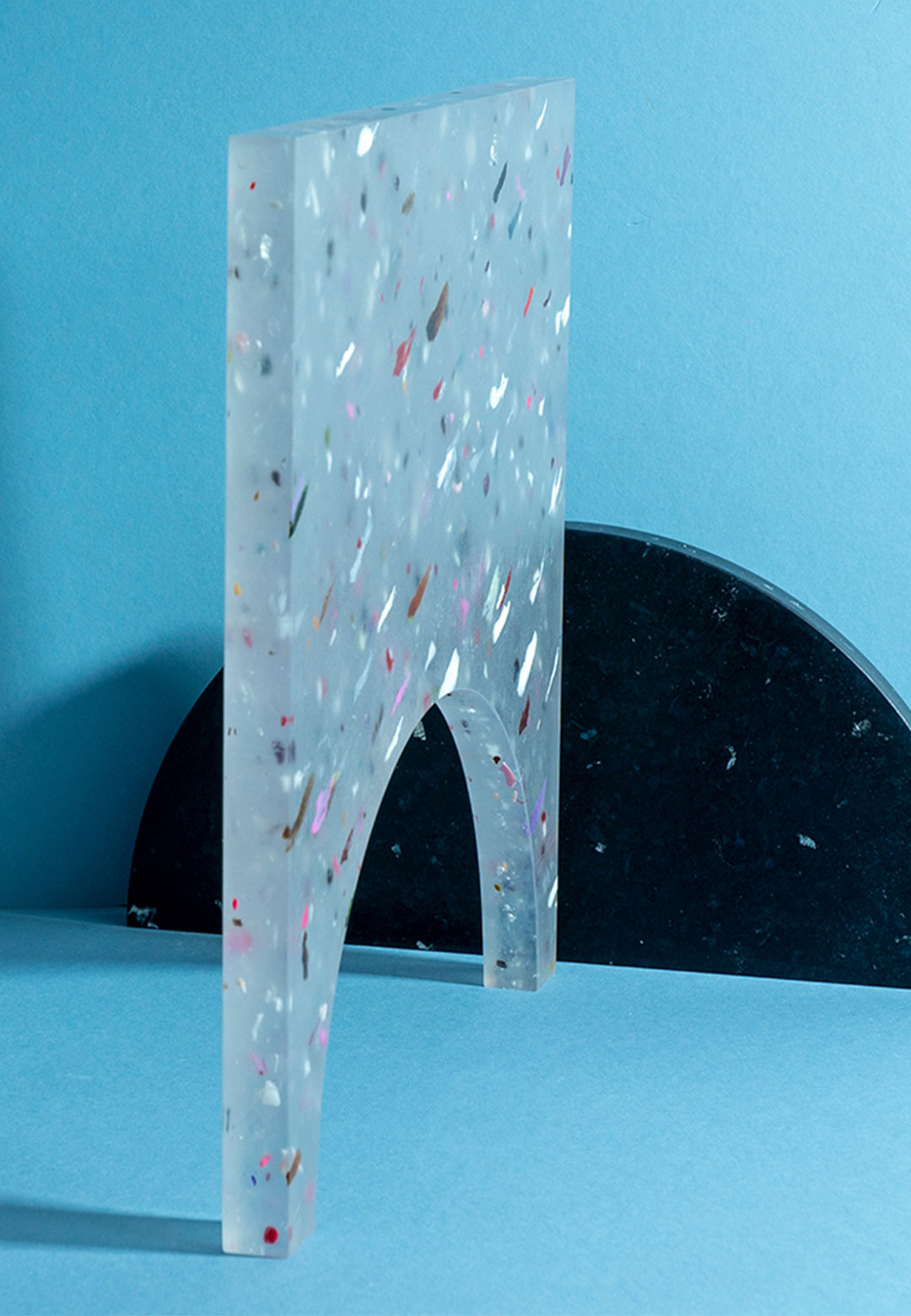


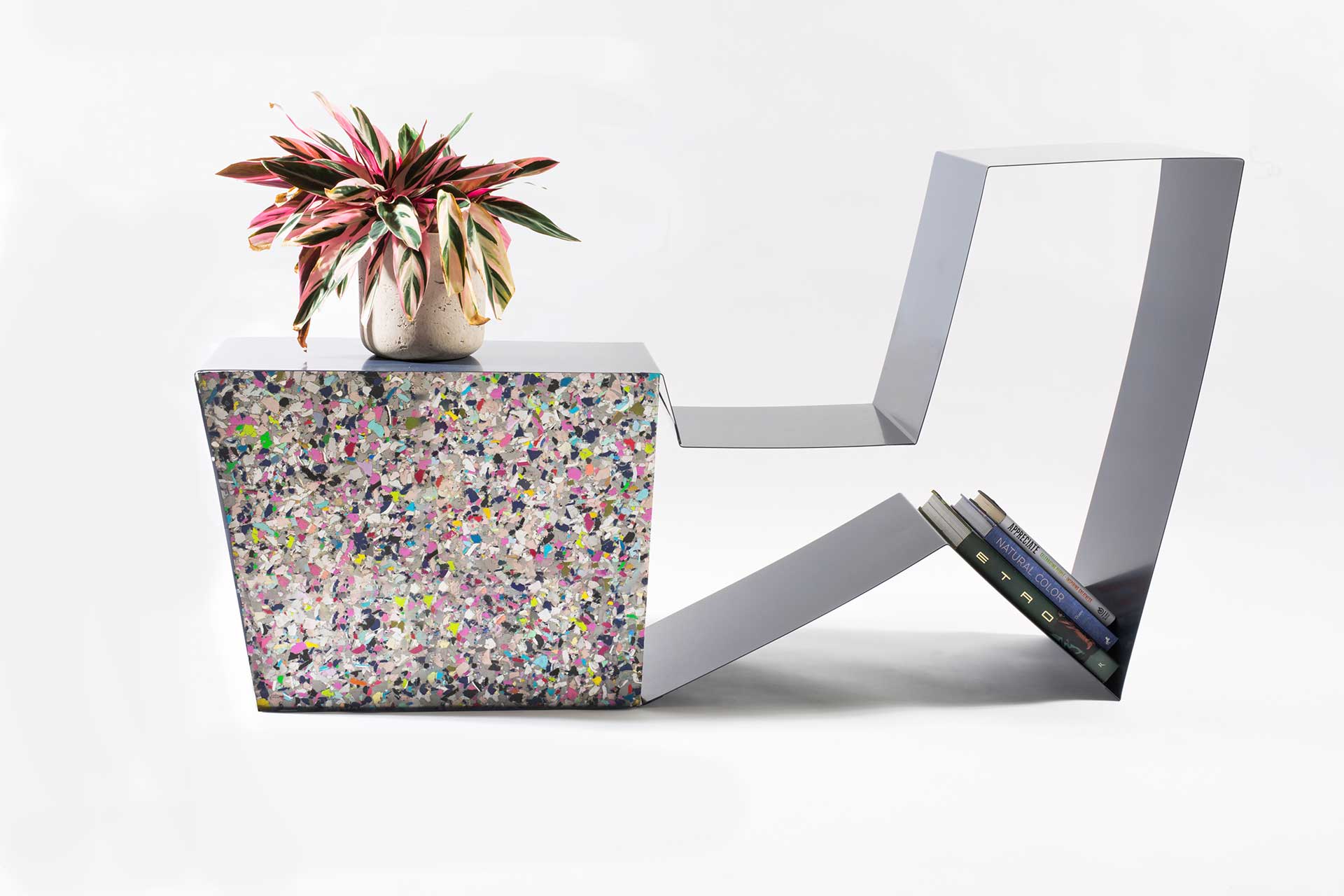
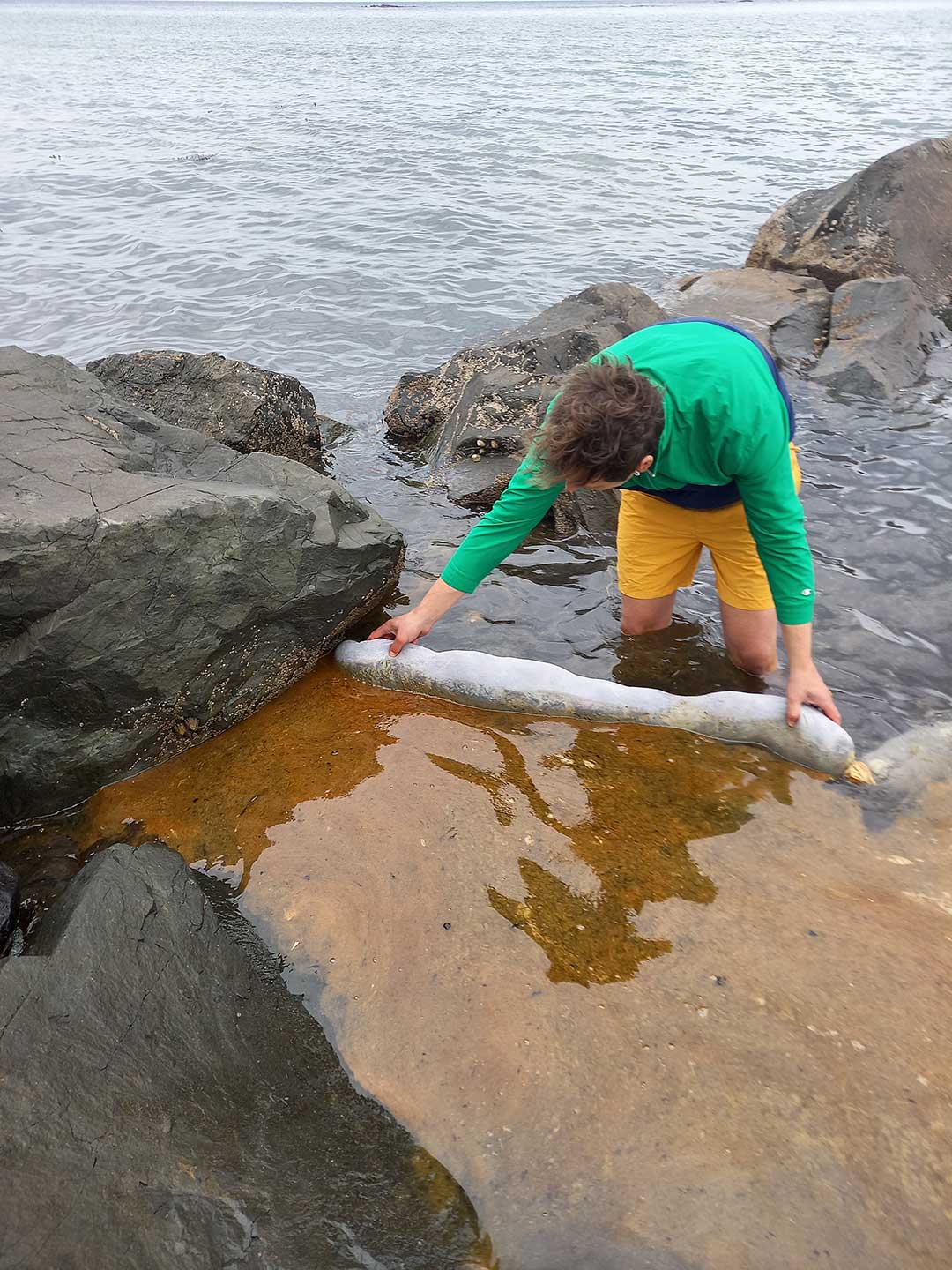


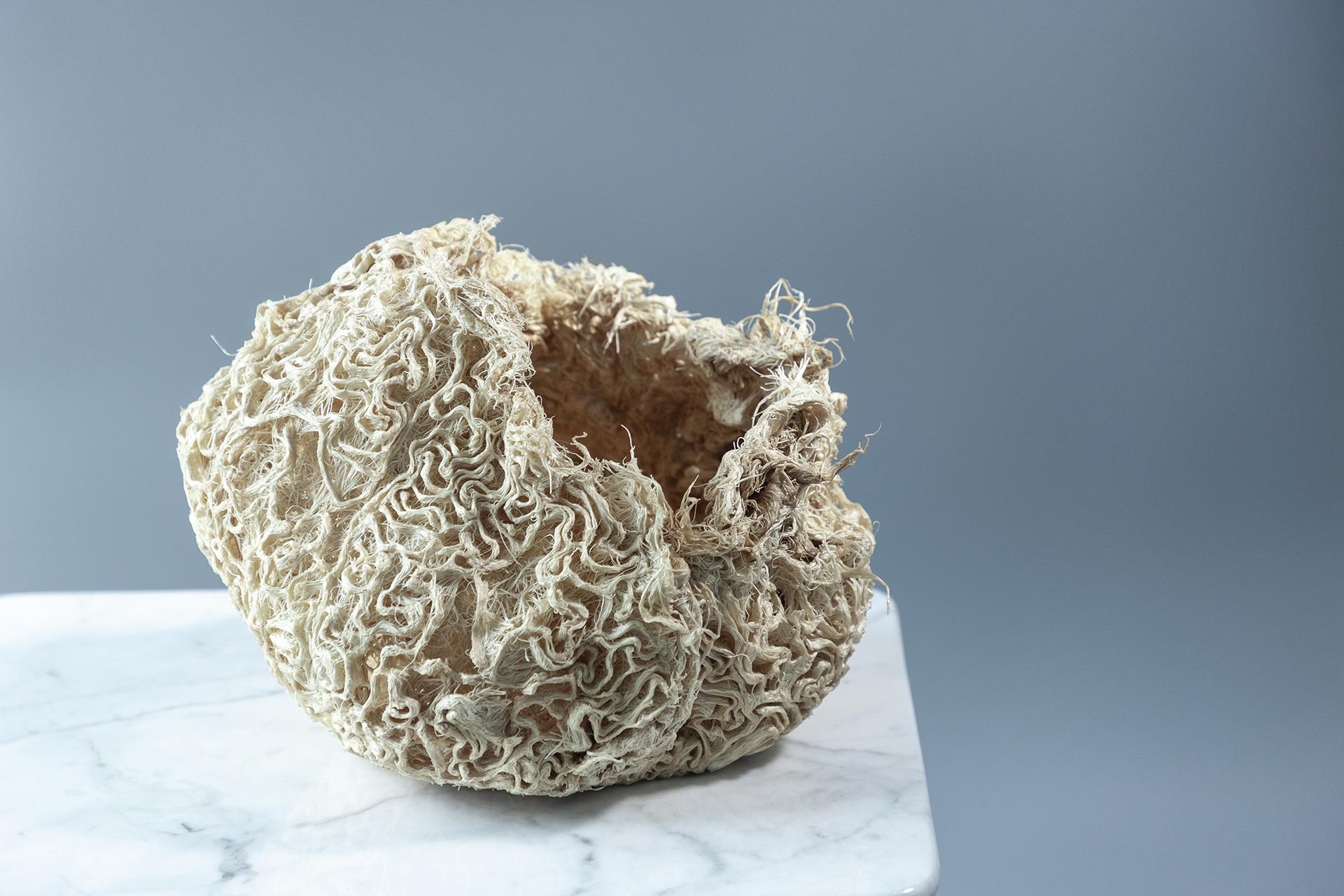
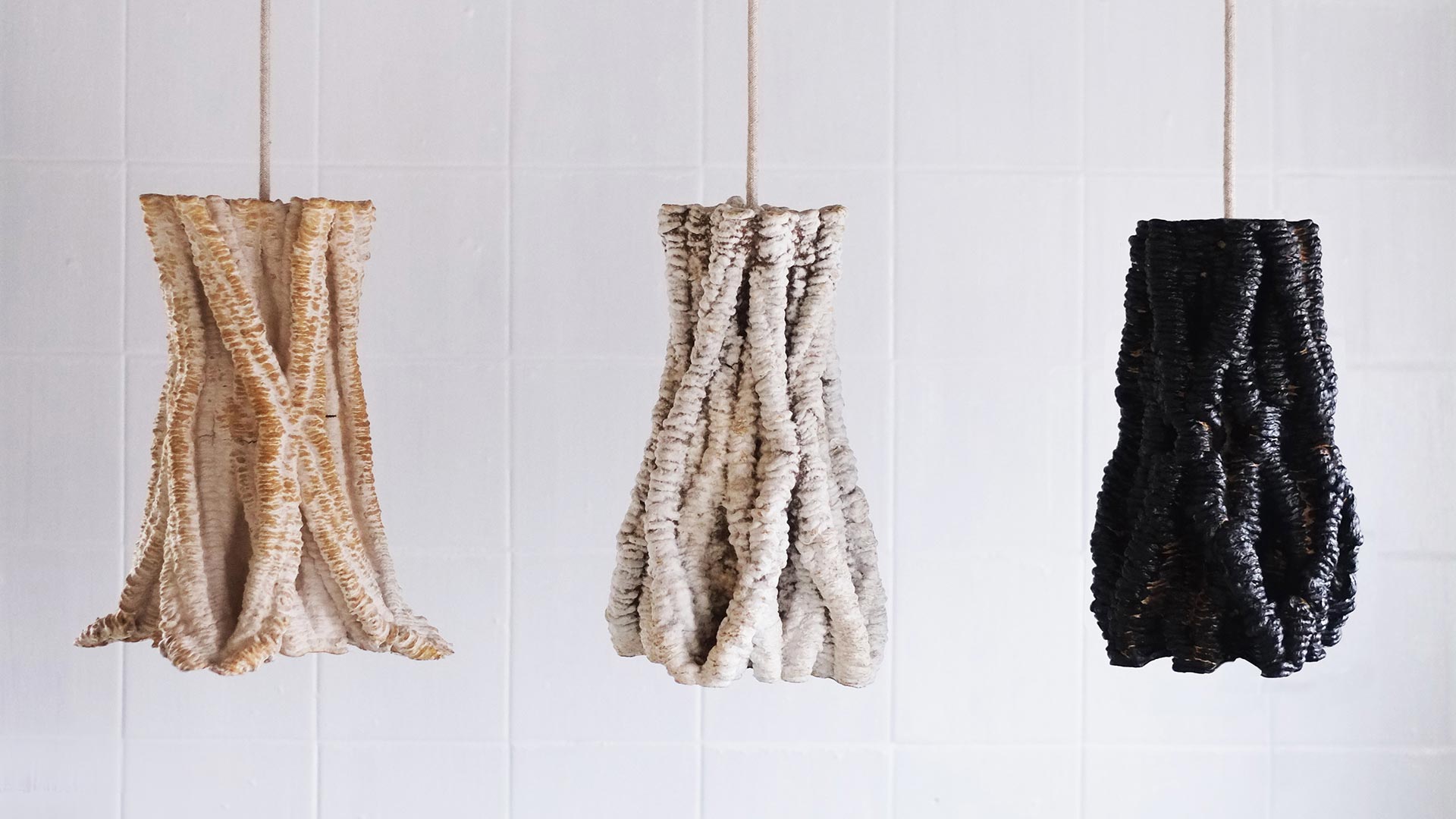
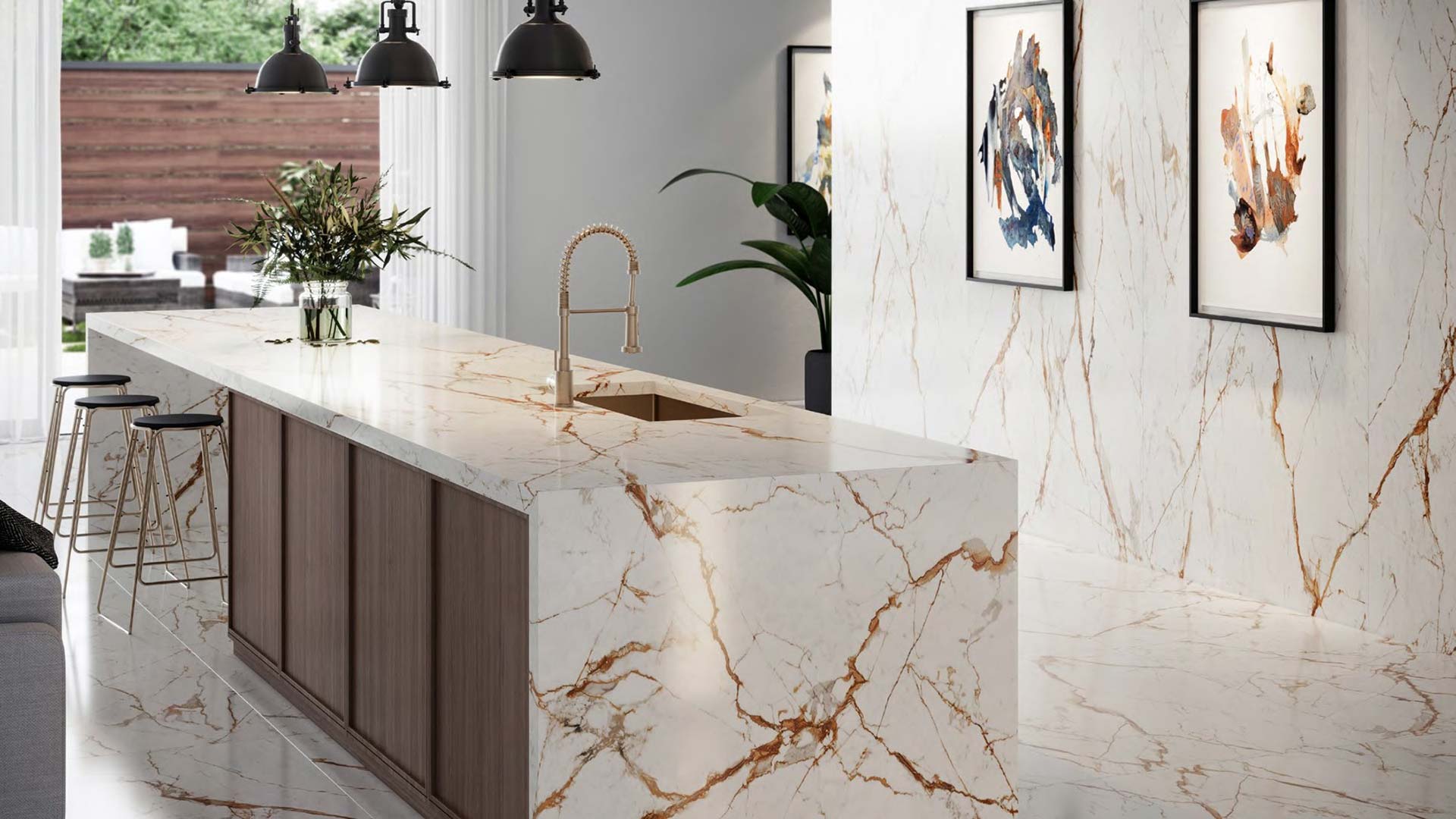








What do you think?